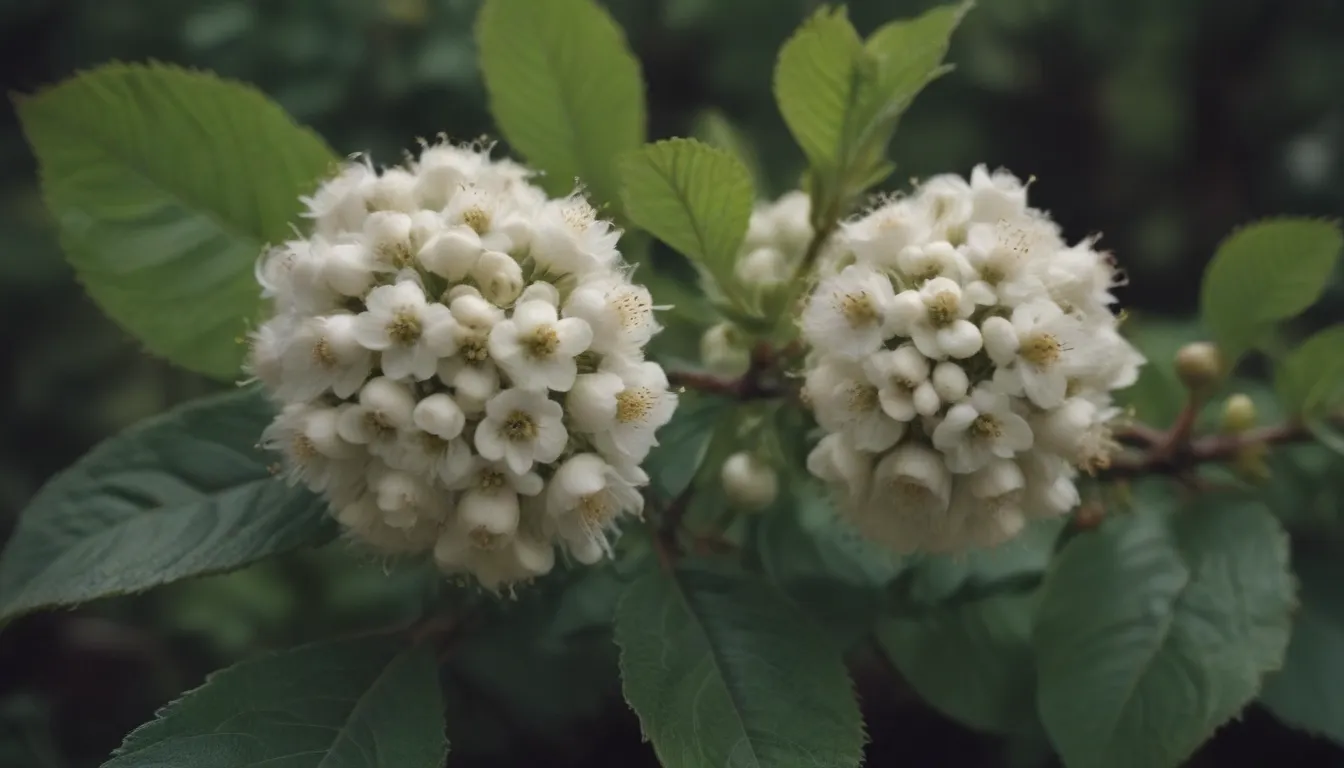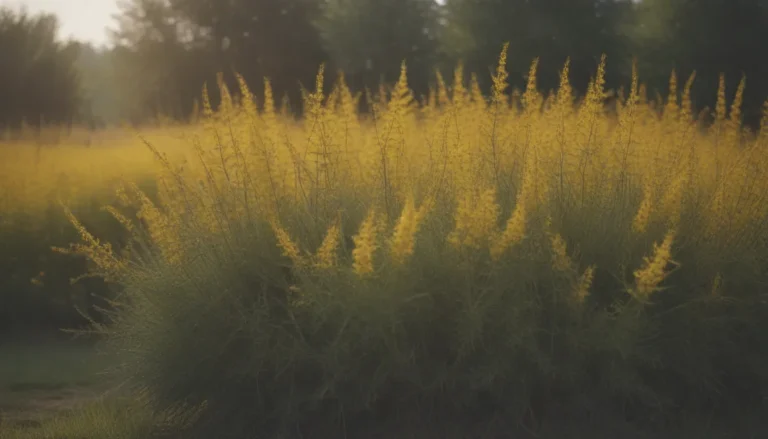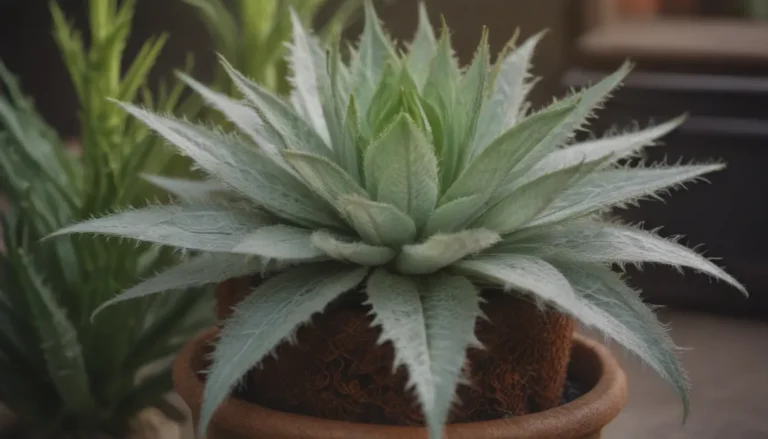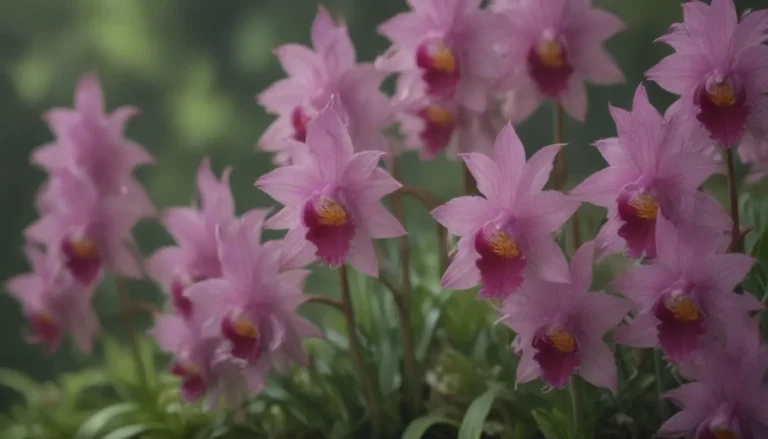The Ultimate Guide to Growing and Caring for Common Snowberry

Are you looking to add a touch of elegance and wildlife to your garden? Look no further than the common snowberry (Symphoricarpos albus). This deciduous shrub with its delicate pink flowers and white fruit is not only a beautiful addition to any garden but also provides a feast for birds during the fall and winter months.
In this comprehensive guide, we’ll cover everything you need to know about growing and caring for common snowberry, from the best USDA zones to plant it in to how to propagate it and deal with common pests and diseases. So grab your gardening gloves and let’s get started!
Getting to Know Common Snowberry
The common snowberry is a native plant to the U.S. and Canada, making it a perfect addition to North American gardens. This shrub can reach a mature size of 3 to 6 feet tall and wide, creating a rounded shape that adds visual interest to any landscape.
Its light green leaves are ovate, rounded, or elliptical, measuring up to 2 inches long. Clusters of tiny pink flowers adorn the branches in late spring to summer, attracting pollinators and adding a pop of color to your garden. The real showstopper, however, is the white fruit, or drupes, that mature into snow-white berries, making a striking contrast against the shrub’s green foliage.
Common Snowberry Care Tips
To ensure your common snowberry thrives in your garden, here are some essential care tips to keep in mind:
- Best USDA Zones: Common snowberry thrives in USDA zones 3 through 7, making it suitable for a wide range of climates.
- Light Requirements: Plant your snowberries in a location that receives full sun to partial shade. While full sunlight is best for flowering, the plant can still thrive in part shade.
- Soil Preferences: Snowberries can adapt to a variety of soil types, from clay to sandy and rocky soils. They can even grow in poor soils where other plants might struggle.
- Watering Needs: Water your snowberry regularly until it is established, providing about an inch of water per week. Once established, the plant is drought-resistant but may need additional water during very hot or dry periods.
- Fertilizing: Fertilize your snowberry plant once in the spring and mid-summer if it’s planted in clay or nutrient-deprived soils. If planted in enriched soil, fertilize only once in the spring using a balanced fertilizer.
Types of Common Snowberry
Common snowberry comes in various cultivars and varieties, each with its own unique characteristics. Some popular types include:
- Variegata: A cultivar with variegated leaves.
- Laevigatus: Another variety with variegated leaves.
- Symphoricarpos Chenaultii: A ground cover variety with pinkish fruits.
- Symphoricarpos Orbiculatus: Known for its distinctive red fruits.
- Other Varieties: ‘Bright Fantasy,’ ‘Charming Fantasy,’ ‘Scarlet Pearl,’ ‘Magical Candy,’ and ‘Magical Galaxy’.
How to Prune and Propagate Common Snowberry
To maintain the health and appearance of your common snowberry, pruning and propagating are essential tasks. Here’s how you can do it effectively:
- Pruning: Trim your snowberry plant in spring after fruiting is complete. Avoid pruning in summer to ensure optimal berry production. Remove dead wood, balance the shape, and reduce the size of branches.
- Propagating: Snowberries naturally spread through suckers, making them easy to propagate. You can also propagate them through stem cuttings, root cuttings, or seeds.
Growing Common Snowberry from Seed
While it’s possible to grow snowberry shrubs from seeds, cutting or transplanting suckers will yield faster results. Snowberry seeds have a tough seed coat that benefits from scarification and stratification to improve germination rates. Here’s a step-by-step guide on growing common snowberry from seed:
- Remove the seeds from the berries and clean off the moist berry covering.
- Knick or lightly sand the hard seed cover to allow moisture and warmth to enter.
- Plant the seed in a well-drained planting medium, barely covering it with soil.
- Keep the seed at 75 to 80 degrees Fahrenheit for 90 days.
- Stratify the seed by moving it to a location consistently at 40 degrees Fahrenheit for 180 days.
- Once the seeds germinate, transplant the seedlings outdoors after the threat of frost is gone.
Dealing with Common Pests and Diseases
While common snowberry is a resilient plant, it is susceptible to certain pests and diseases, such as anthracnose and powdery mildew. Here are some common problems you might encounter and how to address them:
- Limp, Wilting, or Scorched Leaves: Water your plant immediately if you notice limp, wilting, or scorched leaves, as it might be lacking water.
- Spots on Leaves or Stems: Anthracnose can cause lesions on stems, leaves, and fruits. Prune diseased parts and apply a copper-based fungicide to control fungal growth.
- Dying Branches: Scale insects can infest snowberry shrubs, causing dying branches. Use horticultural oil to control scale infestations.
Overwintering Common Snowberry
As a cold-hardy plant, common snowberry can withstand harsh winter conditions. To ensure its survival during the winter months, overwinter seedlings indoors in temperatures above freezing with adequate light exposure.
In conclusion, common snowberry is a versatile and charming shrub that can enhance any garden with its beauty and wildlife-attracting properties. By following the care tips and techniques outlined in this guide, you can enjoy the beauty of snowberry for years to come.
So, whether you’re a seasoned gardener looking to add a unique plant to your collection or a beginner eager to experiment with new species, common snowberry is a fantastic choice that will not disappoint. Happy gardening!





